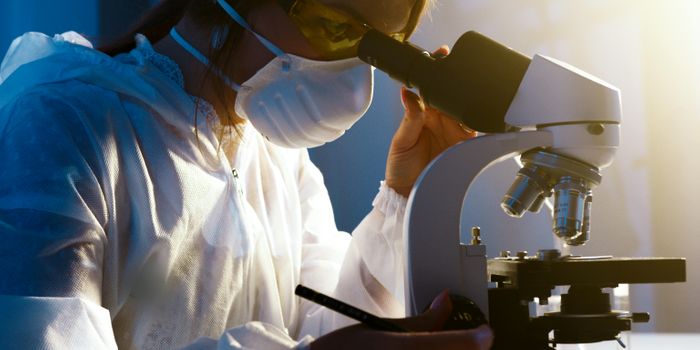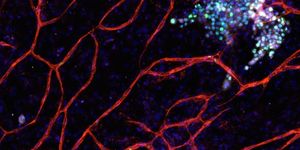Plaque formation and tooth decay must be monitored through regular visits to the dentist's office. While therapeutic agents to reduce dental plaque and prevent tooth decay can be removed by saliva and swallowing before they can take effect, a team of researchers has developed a way to keep the drugs from being washed away.

Dental plaque is a biofilm made up of bacteria enmeshed in a sticky matrix of extracellular polymers, a polymeric matrix, which is firmly attached to teeth. The team -- led by co-senior authors Hyun (Michel) Koo, a professor in the Department of Orthodontics and the divisions of Pediatric Dentistry and Community Oral Health at the University of Pennsylvania School of Dental Medicine, and Danielle Benoit, an assistant professor of biomedical engineering at the University of Rochester - developed a method of delivering an antibacterial agent within the plaque, despite the presence of saliva and published the findings in the journal ACS Nano.
According to Koo, "Usually orally-delivered therapeutics are only transiently exposed to the mouth. Think of a mouthwash or toothpaste in the mouth for only a couple of minutes at the most. The problem was how to retain bioactive molecules on site to prevent or control oral biofilm formation."
Benot added, "We had two specific challenges. We had to figure out how to deliver the anti-bacterial agent to the teeth and keep it there and also how to release the agent into the targeted sites."
To deliver the agent called farnesol to the targeted sites, the researchers developed a spherical mass of particles, described as a nanoparticle carrier. They built the outer layer out of cationic -- positively charged -- areas of the polymers. On the inside of the carrier, they affixed the drug with hydrophobic and pH-responsive polymers. The positively-charged outer layer of the carrier can remain in place at the surface of the teeth, because the of the negatively charged nature of much of the enamel made up, in part, of HA (hydroxyapatite).
The nanoparticles adhered to the saliva-covered teeth and were also able to bind with the polymeric matrix and stick to dental plaque, so Benoit, Koo and colleagues used them to carry an anti-bacterial agent to the targeted sites. To effectively release the agent into the plaque, the researchers relied on the fact that a key trait of the inner carrier material is that it destabilizes at acidic, or low pH, levels, such as 4.5, allowing the drug to escape more rapidly. When the pH level in plaque is exposed to glucose, sucrose, starch and other food products that cause tooth decay, the nanoparticles release the drug to stop acid-producing bacteria, according to the researchers, who tested the product in rats that were infected with Streptococcus mutans, a microbe that causes tooth decay, and fed them a cavity-promoting diet.
As Koo explained, "We applied the test solutions to rats' mouths twice daily for 30 seconds, simulating what a person might do using a mouth rinse morning and night. When the drug was administered without the nanoparticles, there was no effect on the number of cavities and only a very small reduction in their severity. When it was delivered by the nanoparticle carriers, both the number and severity of the cavities were greatly reduced."
The researchers hope their findings will lead to better treatments for dental plaque and tooth decay, as well as other biofilm-related diseases.










